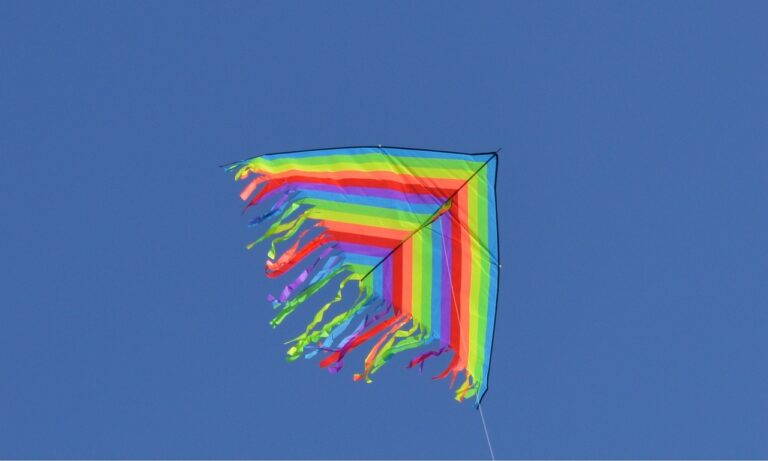Exploring Sound Editing in Nature Documentaries: 11xplay id, Laser247.com login, World777 sign up
11xplay id, laser247.com login, world777 sign up: Exploring Sound Editing in Nature Documentaries
Nature documentaries have the power to transport viewers to breathtaking landscapes and allow them to witness incredible wildlife up close. While stunning visuals play a significant role in creating these immersive experiences, sound editing also plays a crucial role in enhancing the overall viewing experience.
Sound editing in nature documentaries involves the manipulation and enhancement of audio elements to create a more engaging and realistic soundscape. From the rustling of leaves to the chirping of birds, every sound plays a crucial role in bringing the natural world to life on screen.
Here are some key aspects of sound editing in nature documentaries:
1. Ambient Sounds: Ambient sounds, such as wind, water, and wildlife calls, are essential in creating a sense of place and setting the mood for a scene. Sound editors carefully select and mix these sounds to create a realistic and immersive environment for viewers.
2. Foley Effects: Foley effects are sounds created in a studio to replicate natural sounds that may not have been captured during filming. These can include footsteps, animal movements, or other subtle sounds that help enhance the overall audio experience.
3. Music: Music can evoke emotions and add dramatic tension to a scene. Sound editors work closely with composers to select the right music tracks that complement the visuals and enhance the storytelling.
4. Audio Transitions: Smooth transitions between different audio elements are essential for maintaining a seamless viewing experience. Sound editors use techniques such as fades, crossfades, and sound effects to ensure that audio transitions are seamless and natural.
5. Sound Design: Sound design involves creating unique and creative sound effects to enhance specific moments or visuals in a documentary. This can include enhancing animal calls, creating atmospheric effects, or adding dramatic impact to a scene.
6. Dialogue Editing: Dialogue editing involves cleaning up and enhancing dialogue recordings to ensure clarity and consistency. Sound editors work to remove background noise, adjust levels, and enhance dialogue to improve overall audio quality.
In the world of nature documentaries, sound editing is a crucial element that brings the natural world to life for viewers. By carefully selecting and manipulating audio elements, sound editors create an immersive and engaging audio experience that complements the stunning visuals on screen.
FAQs
1. How important is sound editing in nature documentaries?
Sound editing plays a crucial role in enhancing the overall viewing experience of nature documentaries. It helps create a realistic and immersive soundscape that complements the visuals and enhances the storytelling.
2. What tools do sound editors use in nature documentaries?
Sound editors use a range of tools and software, such as Pro Tools, Adobe Audition, and various plugins, to manipulate and enhance audio elements in nature documentaries.
3. How can sound editing impact the emotional impact of a nature documentary?
Sound editing can evoke emotions, create tension, and enhance the overall mood of a scene in a nature documentary. By carefully selecting and mixing audio elements, sound editors can enhance the viewing experience and create a more engaging narrative.







